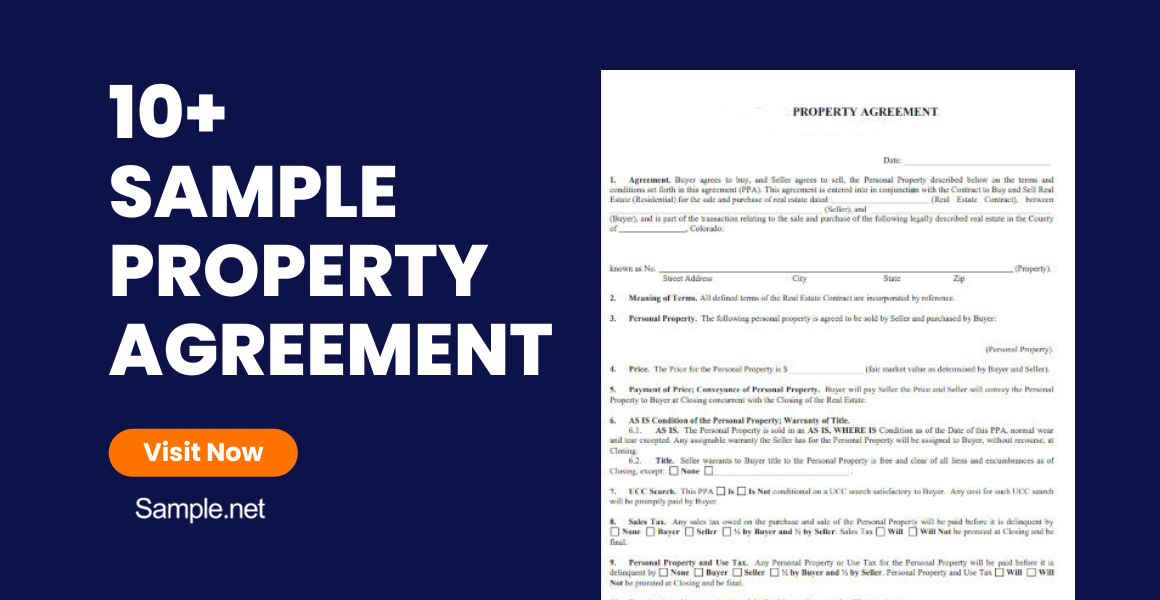A Land Lease Agreement is a legally binding document that allows a tenant to lease land from a landlord for a specific purpose and duration. It outlines the rights,…
continue readingThe next challenging step is finding an ideal location for the store, attracting the most people, and boosting market reach. If an individual lucks on an opportunity for a sublease or lease, they must grab it with conviction. Before this, it is best to familiarize oneself with the idea of a sublease and lease agreement. Read through this article to learn about these types of documents, their definition, components, construction, and other frequently asked questions.
50+ Sample Sublease and Lease Agreements
-
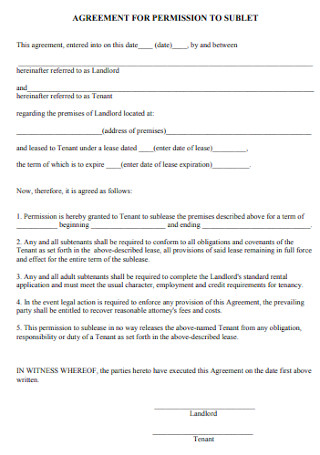
Agreement for Permission to Sublet
download now -
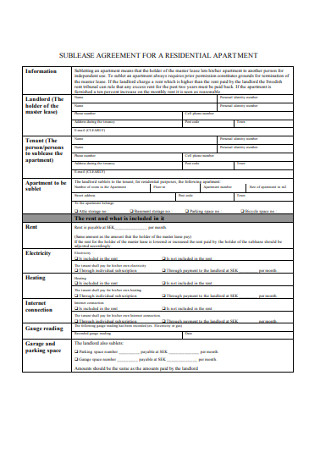
Sublease Agreement for Residential Apartment
download now -
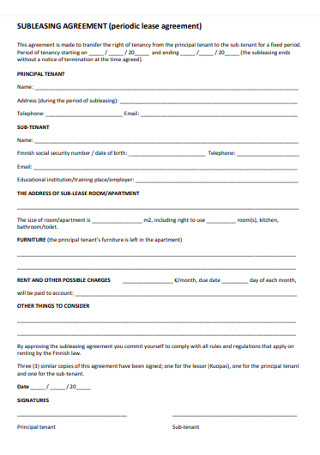
Periodic Sublease Agreement
download now -
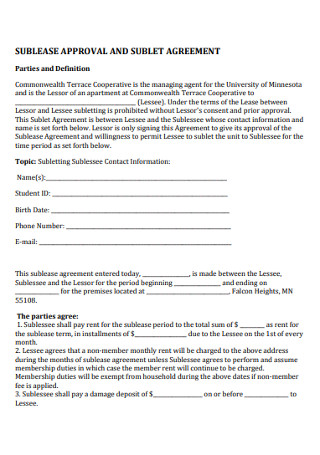
Sublease Approval and Sublease Agreement
download now -
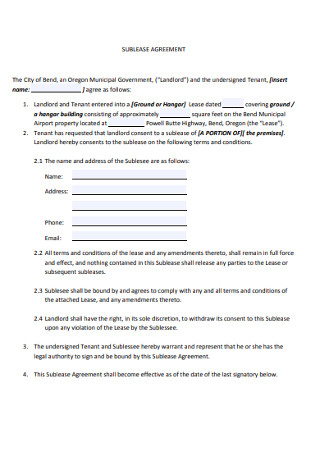
City of Bend Sublease Agreement
download now -
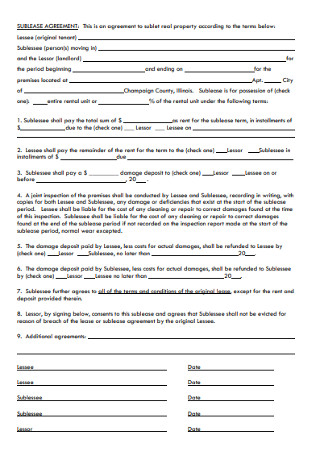
Real Property Sublease Agreement
download now -

Basic Sublease Agreement
download now -
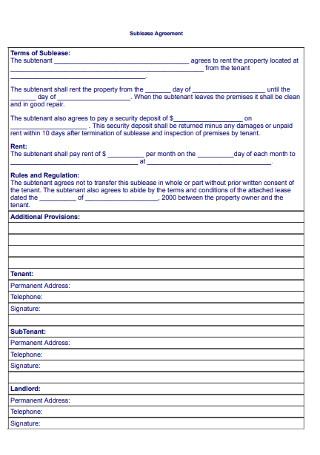
House Sublease Agreement
download now -
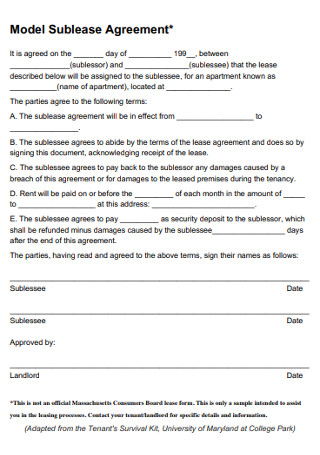
Model Sublease Agreement
download now -
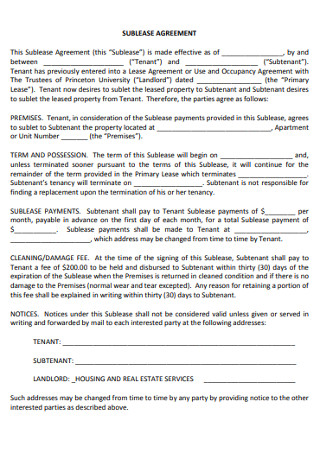
Simple Sublease Agreement
download now -
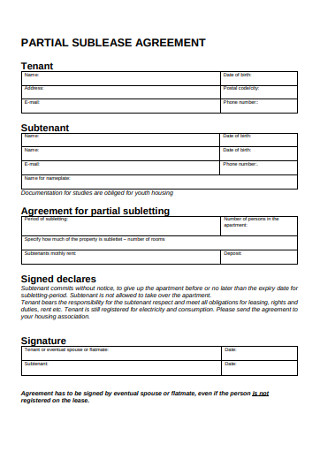
Partial Sublease Agreement
download now -
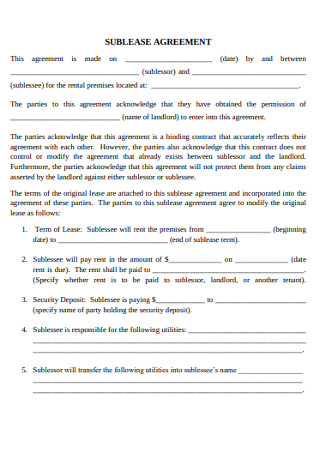
Student Legal Sublease Agreement
download now -
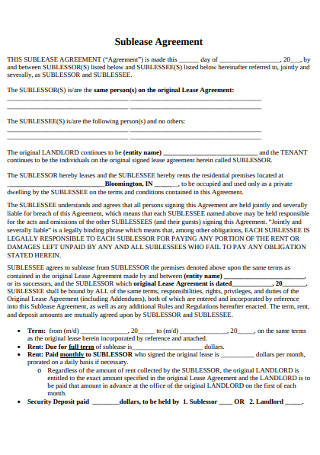
Sublease Rental Agreement
download now -
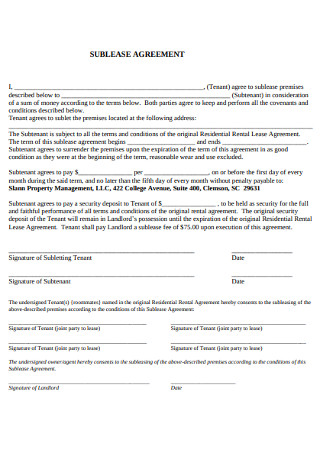
Sample Property Sublease Agreement
download now -
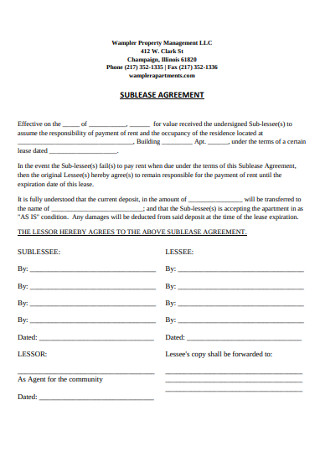
Property Sublease Management Agreement
download now -
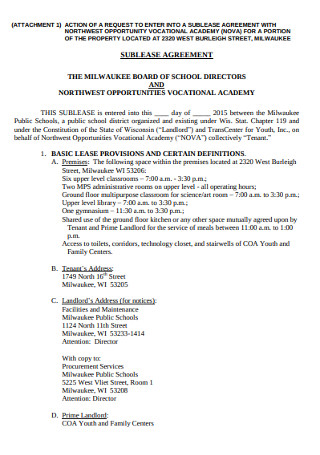
School Sublease Agreement
download now -

Agreement of Consent to Sublease and Assignment
download now -
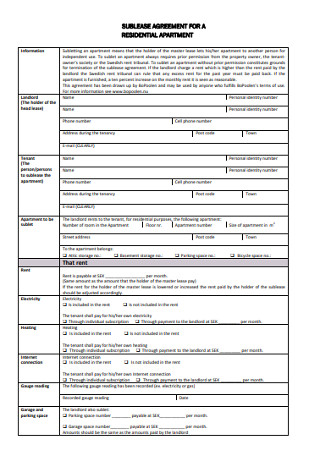
Sublease Agreement for a Residential Apartment
download now -
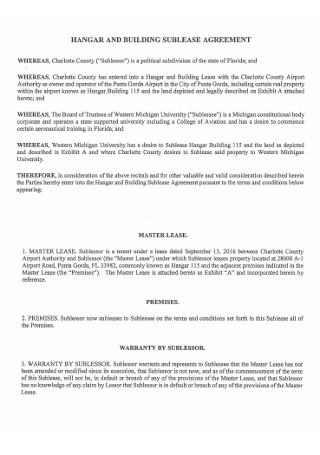
Building Sublease Agreement
download now -
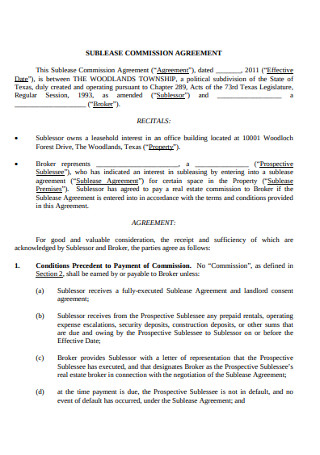
Sublease Commission Agreement
download now -
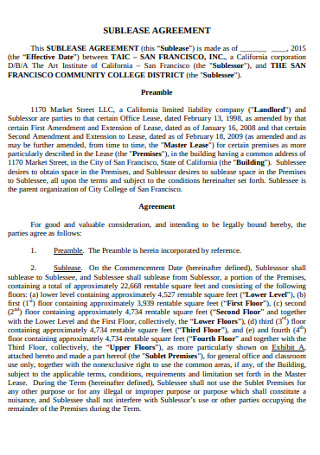
College Sublease Agreement
download now -
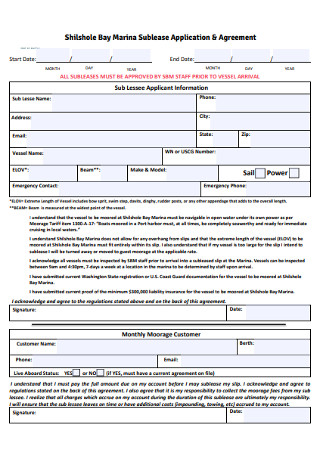
Sublease Application and Agreement
download now -
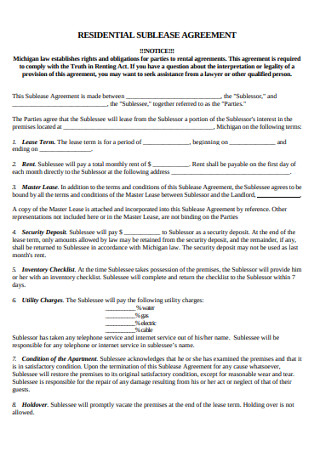
Basic Residential Sublease Agreement
download now -
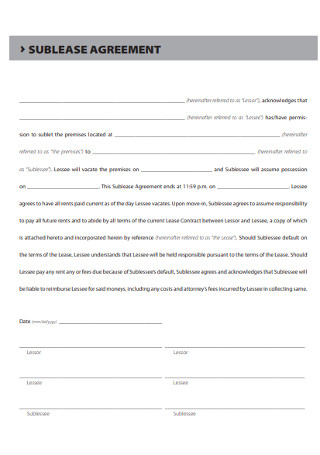
Printable Sublease Agreement
download now -
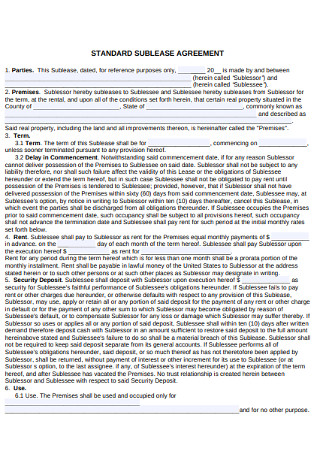
Standard Sublease Agreement Example
download now -
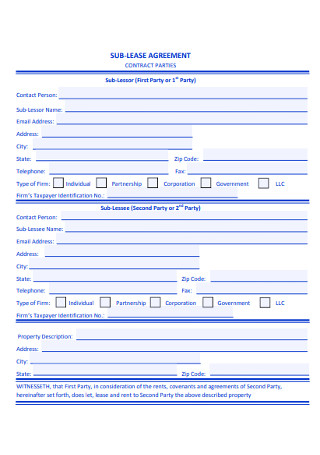
Sublease Contract Agreement
download now -
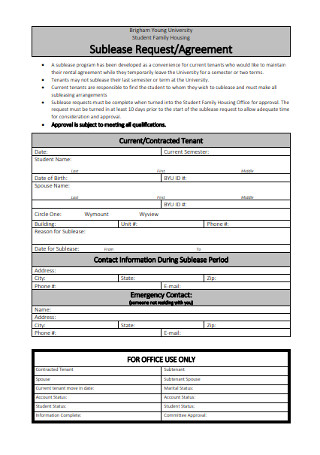
Sublease Request Agreement
download now -
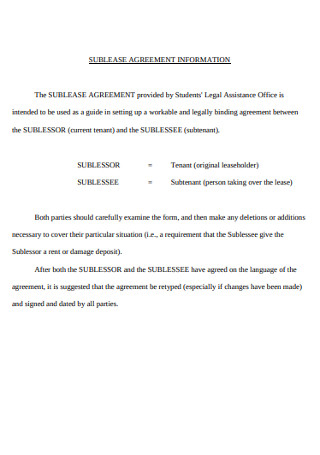
Sublease Agreement Information Template
download now -
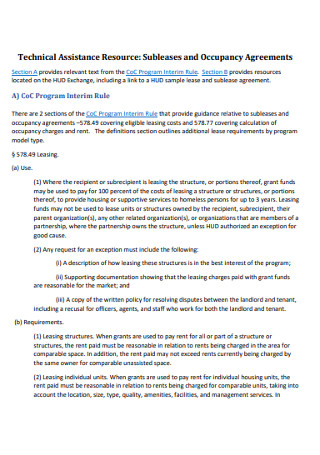
Subleases and Occupancy Agreements
download now -
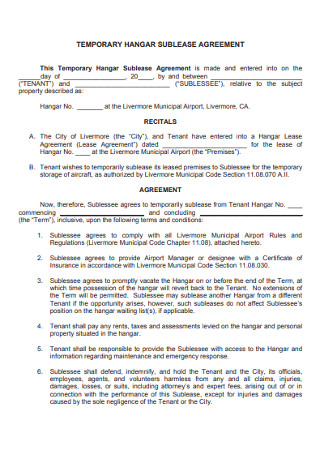
Temporary Hanger Sublease Agreement
download now -
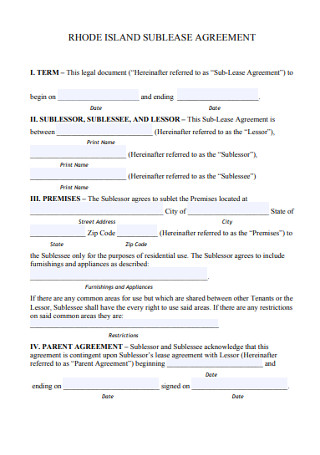
Island Sublease Agreement
download now -
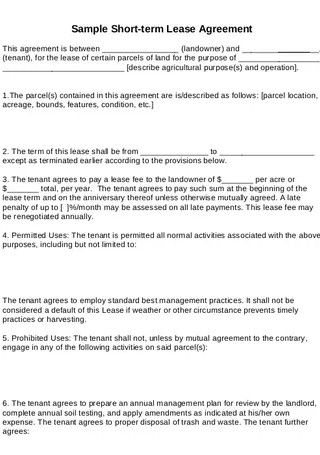
Short Term Rental Lease Agreement
download now -
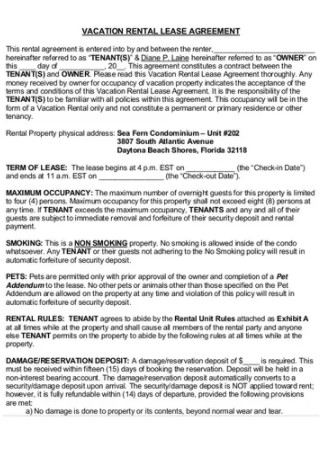
Vacation Rental Lease Agreement
download now -
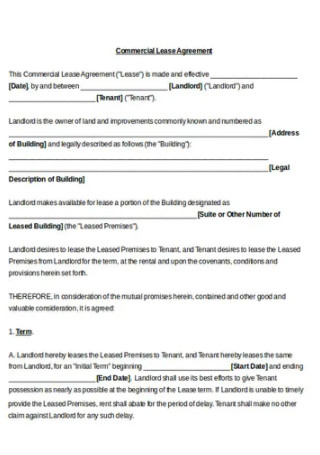
Commercial Rental Lease Agreement
download now -
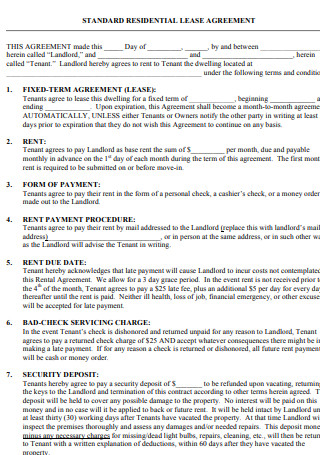
Standard Residential Lease Agreement
download now -
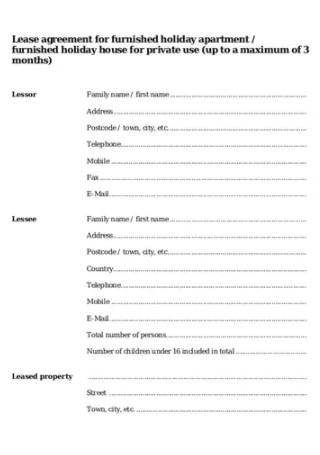
House Rental Lease Agreement
download now -
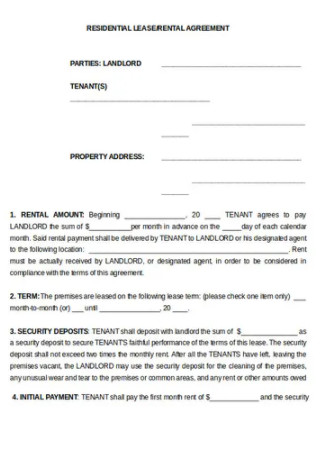
Residential Rental Lease Agreement
download now -
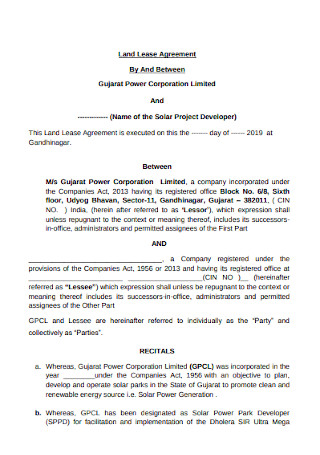
Land Lease Agreement
download now -
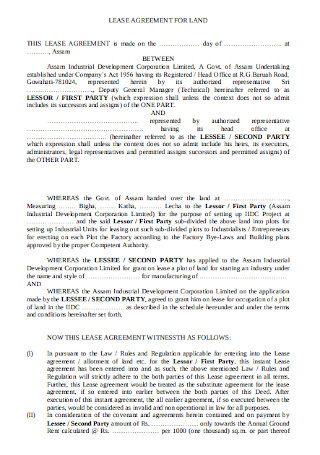
Lease Agreement for Land
download now -
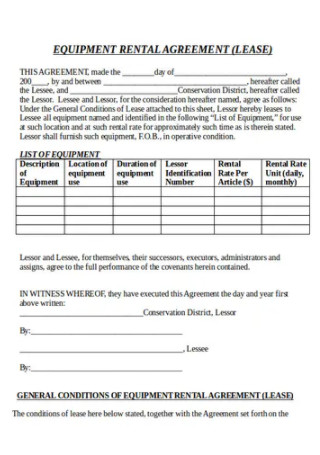
Equipment Rental Lease Agreement
download now -

Residential Rental Lease Agreement
download now -
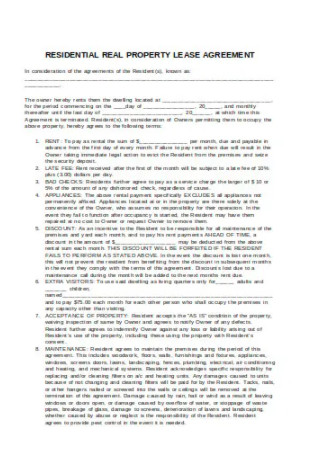
Property Rental Lease Agreement
download now -

Sample Format of Lease Agreement
download now -
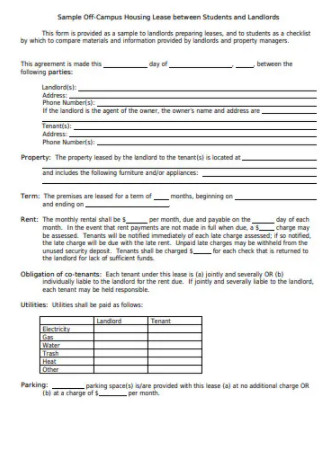
Housing House Rental Lease Agreement
download now -
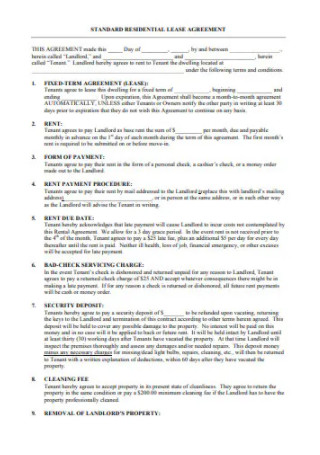
Standard Residential Rental Lease Agreement
download now -
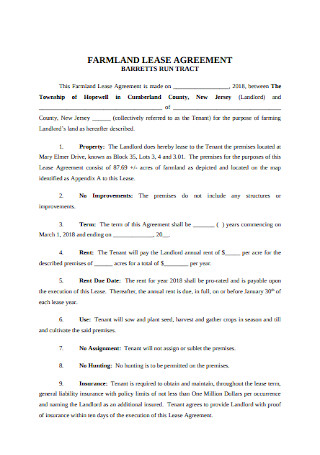
Farm Land Lease Agreement
download now -
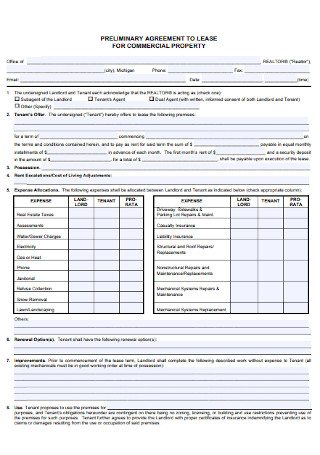
Commercial Property Lease Agreement
download now -
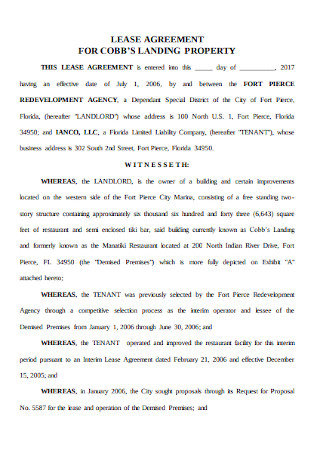
Lease Agreement for Landing Property
download now -
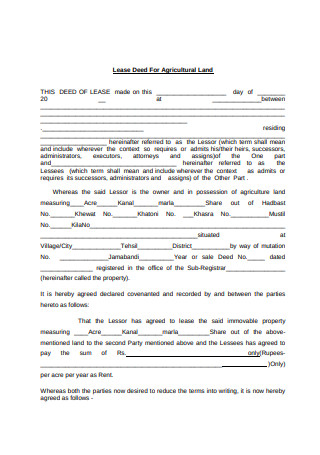
Land Lease Agreement Example
download now -
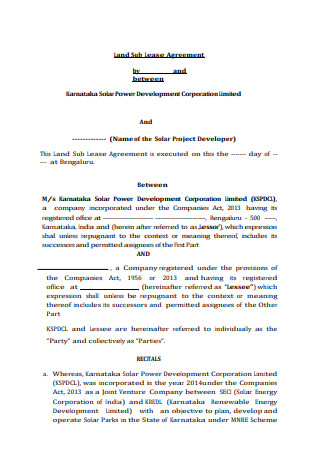
Land Sub Lease Agreement
download now
What Is a Sublease and Lease Agreement?
A lease agreement is a legal arrangement involving a tenant or the property owner, also known as a landlord. These contracts specify the duties and obligations of each participant in observing and managing the content of the agreement, enforceable by parties. A sublease agreement is a legally binding document between a tenant and a subtenant upon the approval of the property or space owner, indicating the duties, responsibilities, and obligations of the sublandlord in the form of the tenant and a subtenant acquiring the space. A lease and sublease agreement cover property space or area, either for private use or public use. A location may be leased or subleased for a personal art room or a general music store. The arrangement is valid for various purposes as long as the landlord, tenant, and subtenant comply with the conditions of the agreement.
According to the data gathered by Statista Research Department published in December 2019, the annual rent space in the Avenue des Champs-Elysees in Paris amounted to approximately 1,478 US dollars per square foot as of June 2019. However, Causeway Bay in Hong Kong is the most expensive retail location worldwide, reaching 2,745 US dollars per square foot.
Components of a Lease Agreement
Lease agreements vary from one landlord to another, depending on the prior negotiations made with a tenant. The content of the document varies upon the final decision of both parties regarding a lease location. However, some clauses and statements must always appear in a lease agreement as an essential part of the arrangement. Here are the basic components of a lease agreement between a landlord and a tenant, prepared by a landlord.
How to Create a Sublease Agreement
A powerful and well-written sublease agreement helps take into account and ensure the parties’ best interests. Neither of the individuals alters the arrangement without the consent and knowledge of the other. It is necessary to keep in mind that the sublandlord and subtenant are both under obligation to uphold the terms of a sublease agreement. Here are some helpful steps in creating a sublease agreement.
Step 1: Distinguish the Parties Involved in the Agreement
Identify the full names of each party, indicating the role of each in the agreement. The tenant or the sublandlord is the original leaseholder of the property, and the subtenant is the new lessor of the unit or property. It is necessary to identify the roles to designate their responsibilities and duties on the sublease without mentioning the names repeatedly throughout the agreement. Start the document by indicating the titles of the tenant and subtenant, and end it with the agreed date.
Step 2: Identify the Sublease Property
Indicate the property’s full address, including the house or unit number, street name, city, state, and zip code. If the sublease for a property is not for the whole unit, specify the description of the intended subleased property. If the intended use is for residential property, indicate the intended use in the agreement; if it is commercial property, state that. A subleased establishment cannot be both options. It is necessary to do so as federal, state, or local laws may apply additional fees based on the establishment.
Step 3: Provide the Term of the Sublease
State the complete date of the start and end of the sublease agreement. Determine the time at which the subtenant takes or surrenders possession of the unit. It is also advisable to establish a specific time agreed upon by both parties. It is necessary to indicate this detail to guarantee both parties understand the length of stay in writing in the case of legality.
Step 4: Indicate the Rent Amount and Rent Schedule
The sublease agreement must clearly state the agreed-upon rental amount and the dates when a subtenant pays rent. In a usual sublease, the term of payment is every month. The period of monthly fees depends on the agreement made by both parties or on the date specified by the tenant. Also, include any penalty statements for late payments, clearly indicating the amount on the document. Show the name of the payment recipient, along with the complete address where the amount is to be delivered. It is also necessary to include the financial contributions of the tenant along with the subtenant. The agreement can also indicate a separate clause to explain that the tenant paid for a certain number of months, and the rest must be compensated for by the subtenant.
Step 5: Include a Security Deposit Clause
If the subtenant pays for a security deposit, it must be visible in the agreement. State the amount of deposit and details regarding the return upon the expiration of the arrangement. It must declare that the tenant withholds the deposit or a portion of it with a written record to the subtenant. The tenant must return the deposit within two weeks after the subtenant vacates the premises. The agreement must also specify possible reasons for keeping the security, including late fees or property damage. It is also necessary to have a final walkthrough of the space with a rental checklist to identify potential problems during the subtenant’s stay.
FAQs
What is the difference between a lease agreement and a rental agreement?
The difference between a lease and rental agreement varies depending on the context. A housing lease generally lasts for 12 months, while a rental lasts for 30 days. Use this to an advantage and get a rental if the intended stay is less than a year. In choosing one over the other, an individual must consider stability and flexibility. A rental agreement offers flexibility, while a lease agreement offers the person stability.
What is the difference between a sublease and a sublet?
Both subleasing and subletting mean renting out a property, and the difference lies in various factors. In subletting, the new tenant directly communicates with the property landlord, and in a sublease, they communicate with the tenant or a sublessor. In drafting an agreement, the landlord handles a sublet while a tenant handles a sublease. A landlord collects the lease for a subletting arrangement; meanwhile, a tenant manages the rent collection for a sublease. In terms of responsibilities, the landlord shares liability in a sublet and a tenant for a sublease. It is best not to be confused with the two, especially if an individual plans on partaking in sublet or sublease.
What happens if there is no lease or sublease agreement signed?
The lack of signing the agreements does not eliminate the rights of a landlord. However, recovering possessions of the premises may prove difficult without a written agreement. Despite the lack of the document, landlords still have the right to collect rental fees from tenants and evict them for frequent late payments or non-payment. Both the landlord and tenant also have the right to terminate the tenancy. In case the tenant deems the place inhabitable, immediate termination is permittable. However, the lack of a written document leads to numerous problems about particular provisions like pets, roommates, illegal activities, and other related issues. As much as possible, ask the landlord for a lease agreement or a tenant for a sublease agreement to have a specific understanding of necessary rules and obligations.
It is advantageous to know the responsibilities of a landlord, tenant, and subtenant, as it clears out misunderstandings and provisions about the arrangement. Keep in mind that the two agreements are different documents, and a sublease cannot exist without a lease agreement prior. For any individual, it is always exciting to have a personal space, either for commercial or private use. It makes a person feel like they achieved another milestone in their life. In the words of Paulo Coelho, “The great victory, which appears so simple today, was the result of a series of small victories that went unnoticed”. Little victories are always worth celebrating, even if it means the property acquired is either a lease or a sublease. Sublease and lease agreement samples are available for use and download above, so don’t forget to start the journey today.

